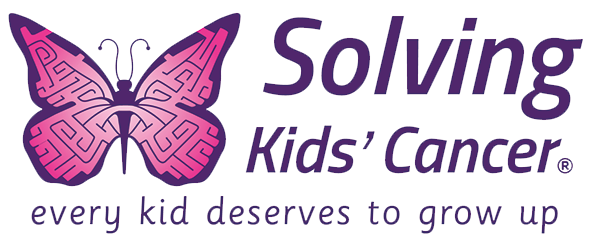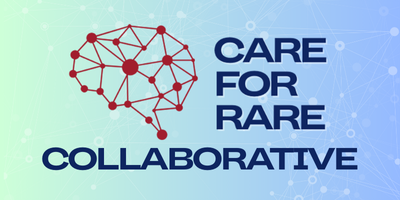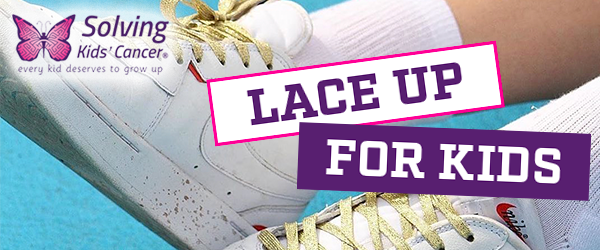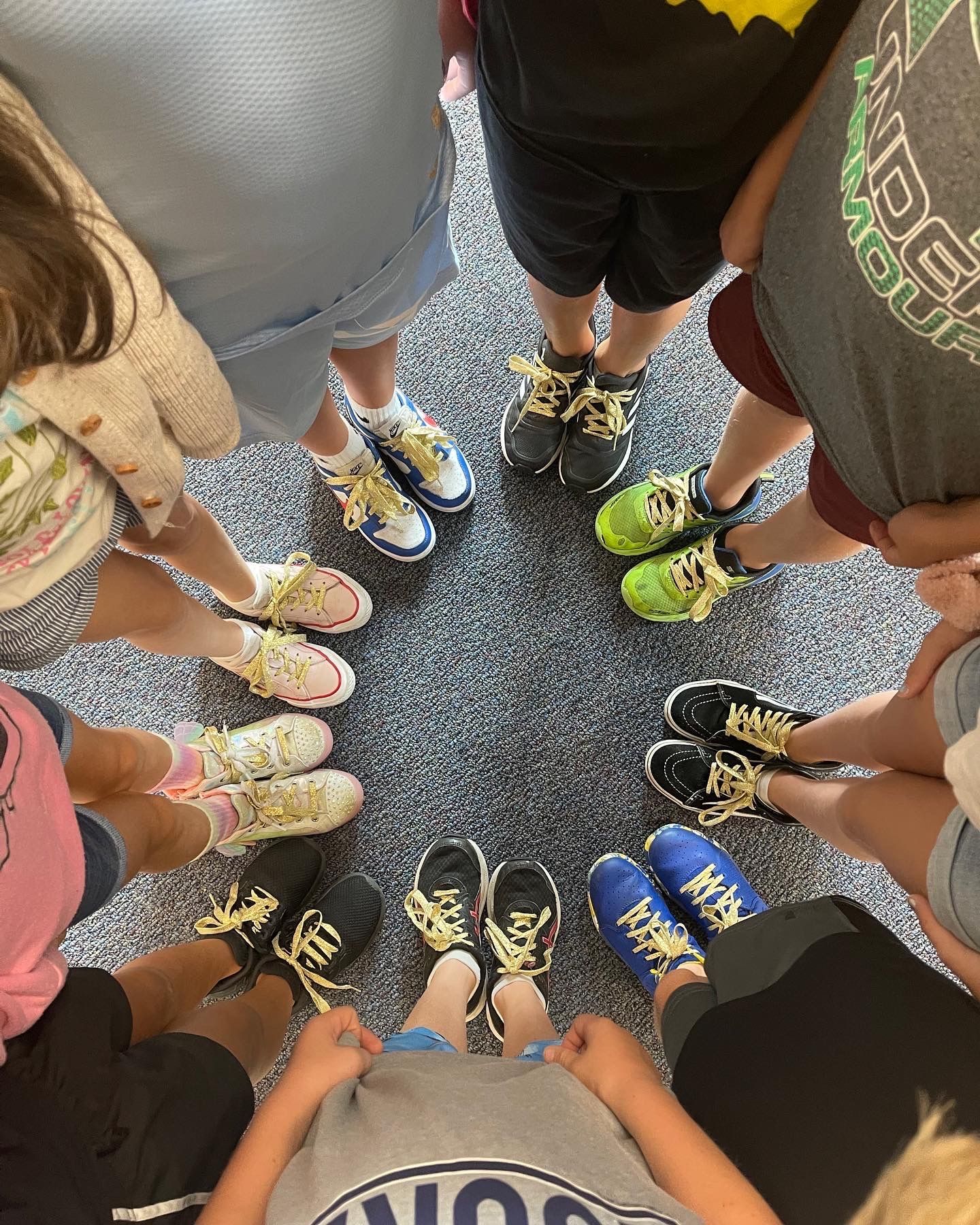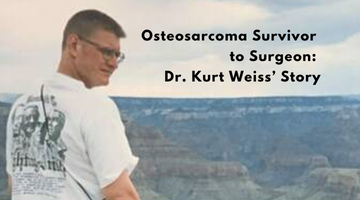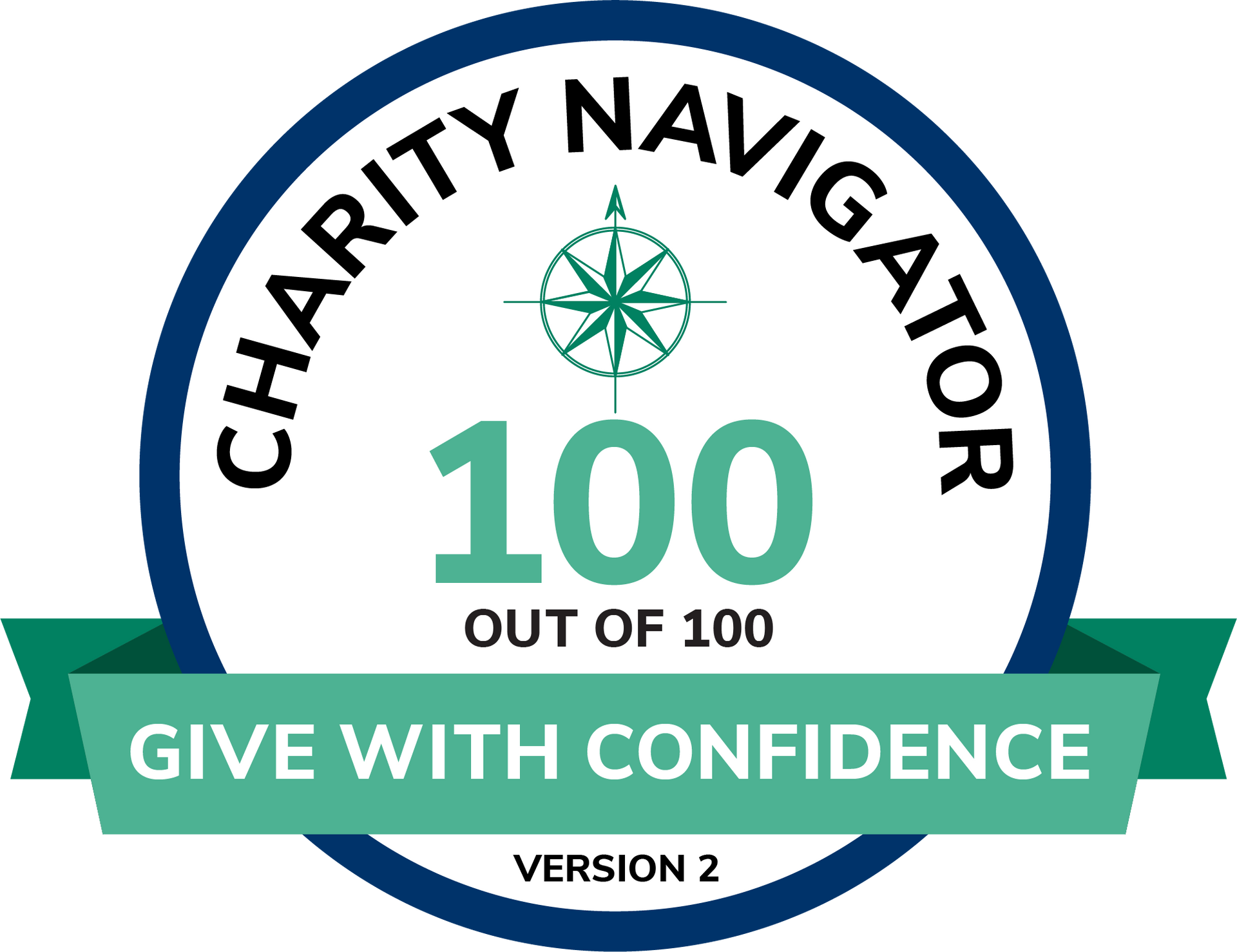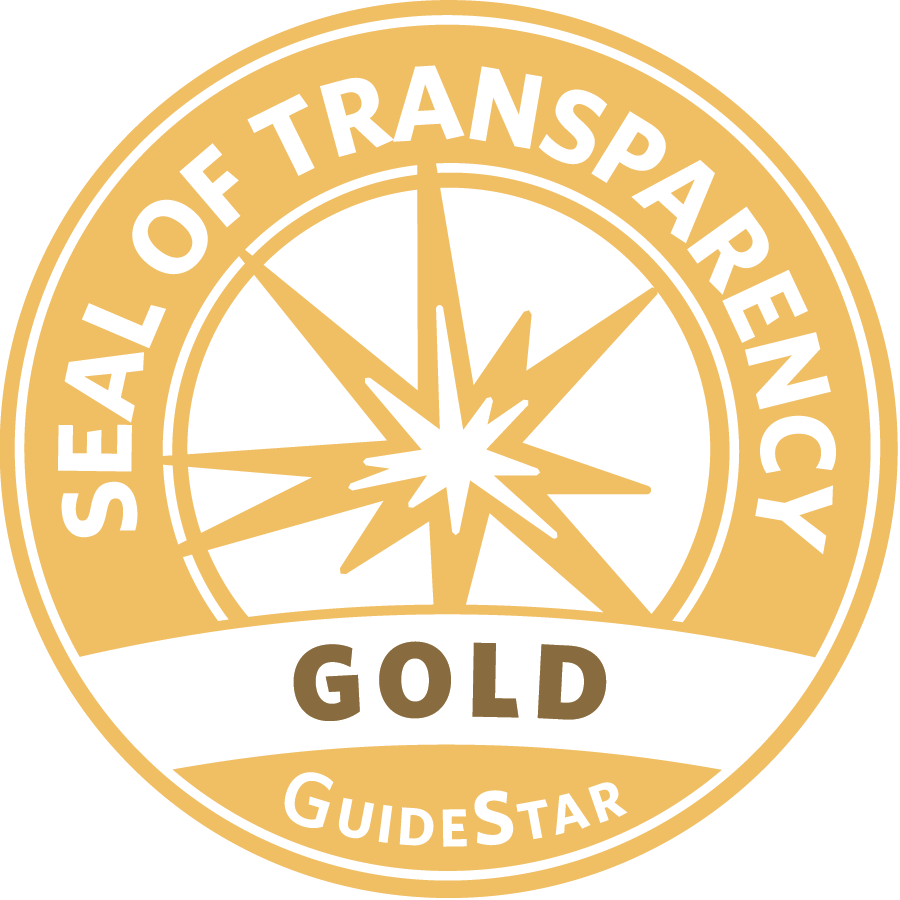Ahana’s Story of Strength with High-Risk Neuroblastoma
Every day, over 1,000 children worldwide are diagnosed with cancer,1 and for many families, that diagnosis means facing an uncertain future. At just 20 months old, Ahana was diagnosed with a rare and aggressive cancer that had already spread through her small body. Her family’s search for life-saving childhood cancer treatments led them from South Africa to Spain and possibly toward a clinical trial in New York. Ahana’s journey shows the importance of supporting organizations like Solving Kids’ Cancer, which works to find, fund, and advocate for advanced treatments that give hope to families fighting against tough-to-treat rare pediatric cancers.
A Devastating Diagnosis and a Family’s Determination
It all started when Ahana’s family first noticed a small lump on the back of their fun and energetic little girl. They took her to the doctor, hoping for a simple explanation.
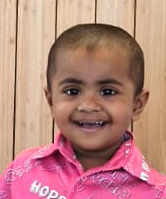
Instead, they were told that a large tumor was pressing on her heart, lungs, and spinal cord, affecting her breathing and partially paralyzing her vocal cords. Her father, Aveen, recalls the moment clearly: “We were told that she had a large malignant tumor measuring 15cm in diameter. We were shattered.”
The diagnosis was stage 4 high-risk neuroblastoma, a rare pediatric cancer that affects around 700-800 children each year in the United States alone.2 Neuroblastoma is especially aggressive and difficult to treat, with only about a 50% survival rate for advanced cases because of the high risk of relapse, even after remission.3 Knowing Ahana would need the best possible childhood cancer treatment, her family made the difficult decision to relocate from South Africa to Spain, leaving behind their home and support network in hopes of giving her a better chance.4
A Setback in Spain: The Struggles of Childhood Cancer Treatment
When they arrived in Barcelona, Ahana’s medical team at Sant Joan de Déu Hospital (SJD) had hoped to remove her tumor through surgery. But within two weeks, new scans showed that the tumor had doubled in size, building up fluid in her lungs and making surgery impossible. Ahana’s doctors quickly turned to a specialized chemotherapy plan to control the cancer’s aggressive growth, and she began her first round, which included a targeted drug called Dasatinib.
However, just hours after starting treatment, Ahana’s body reacted severely. She lost consciousness, her oxygen levels dropped, and she was rushed to intensive care.
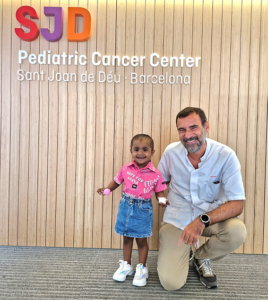
Her mother, Avanya, recalls, “Life support was the only option.” The chemotherapy drug had caused heart damage, and doctors feared she had only hours left. Miraculously, Ahana’s body began to stabilize six hours later, and over the next few days, her heart function gradually improved.
Ahana’s struggle with the drug Dasatinib also shows the urgent need for treatments made just for children. Nearly two-thirds of childhood cancer survivors suffer long-term side effects from treatments designed for adults, which can harm their growing bodies.5 Child-focused cancer treatments are crucial to give young patients a healthier future without added health complications.
Ahana’s incredible recovery caught the attention of doctors from St. Jude Children’s Research Hospital in the United States. While visiting SJD, they asked if they could study her genetic data, hoping her case could help other children facing similar challenges. Her strength inspired everyone, giving her family renewed hope for the road ahead.
Progress After Surgery and a Race Against Time
With additional cycles of chemotherapy, coupled with the drug Lorlatinib to address a mutation they identified, Ahana’s tumor shrank by 50%, making surgery possible. A skilled team of doctors then performed a six-hour operation, successfully removing over 90% of the tumor. Showing incredible resilience, Ahana spent just one day in intensive care before going home four days later.
But even with this progress, Ahana’s journey is far from over. Neuroblastoma has one of the highest relapse rates of all childhood cancers. Even when remission is achieved, the cancer often comes back, leaving children with advanced cases, like Ahana’s, with only a 1 in 5 chance of surviving five years post-diagnosis, even with aggressive childhood cancer treatment.6 To reduce this risk, Ahana’s parents began researching options and found hope in a clinical trial at Memorial Sloan Kettering Cancer Center (MSK) in New York.7 This trial, which is the only one of its kind, is testing a cancer vaccine to prevent neuroblastoma from returning — a critical need for children like Ahana.
“Right now, this is our last and only option as it gives us hope for Ahana’s best chance of survival,” Avanya explains. “Time is of the essence as Ahana’s body is being ravaged by the progressing cancer.” Her family is now urgently raising funds to get her into the MSK trial, hoping to provide her with the most promising path to a full recovery.
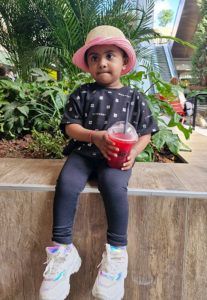
The Power of Community Support
Ahana’s journey with high-risk neuroblastoma would not be possible without the support of a compassionate community. Friends, family, and even strangers have come together through GoFundMe and other platforms to help cover the high costs of treatment and travel. The Bluff Athletics Club in South Africa organized a 5km walk/run for Ahana, with over 400 people gathering to show their support and raise funds. “We are endlessly grateful for everyone who has helped us,” Avanya shared, deeply moved by the generosity that has kept them going.
Ahana’s story highlights how essential community support is for families facing childhood cancer. Childhood cancer statistics worldwide show that families with strong support networks are more likely to access the care they need, especially for rare and aggressive cancers. Solving Kids’ Cancer is dedicated to helping these families by funding research, connecting them with vital treatments, and advocating for solutions that give children like Ahana the best chance to fight.
The Mission of Solving Kids’ Cancer: Putting Kids First
At Solving Kids’ Cancer, our focus is simple: to make sure children with rare pediatric cancers get the attention and care they need. In a world where many needs compete, kids with rare cancers are sometimes left behind in the search for new treatments. We’re here to change that by funding important research and pushing for better treatments, giving real hope to families who need it most.
But our work isn’t just about funding studies. It’s about making sure children get faster access to new therapies, especially for tough cancers like high-risk neuroblastoma. This means helping kids receive treatments sooner, combating disparities that prevent access due to geography, and improving therapies like immunotherapy so they work better for young patients.
When you support Solving Kids’ Cancer, you’re helping families like Ahana’s gain access to life-saving clinical trials and treatments that can save lives. Together, we can make sure that every child has the chance to grow up healthy and strong.

Join Us in the Fight Against Childhood Cancer
Today, you can be part of Ahana’s story and support children around the globe who face similar battles. Every donation to Solving Kids’ Cancer fuels hope, funding the research and treatments that bring us closer to life-saving breakthroughs — because every kid deserves to grow up.
Sources
1 World Health Organization: Childhood Cancer – International Childhood Cancer 2024: Reducing the Survival Gap
https://www.emro.who.int/media/news/international-childhood-cancer-day-2024-reducing-the-survival-gap.html
2 National Library of Medicine – Treatment and Survival of Childhood Neuroblastoma: Evidence from a Population-Based Study in the United States
https://pmc.ncbi.nlm.nih.gov/articles/PMC6764456/
3 MedicineNet – What Is the Life Expectancy of a Child with Neuroblastoma?
https://www.medicinenet.com/life_expectancy_of_a_child_with_neuroblastoma/article.htm
4 Southlands Sun News – Little Cancer Fighter Continues to Defy the Odds
https://www.citizen.co.za/southlands-sun/news-headlines/2024/10/16/little-cancer-fighter-continues-to-defy-the-odds/
5 National Library of Medicine – Late Effects of Childhood Cancer
https://www.ncbi.nlm.nih.gov/books/NBK221735/
6 National Library of Medicine – PCR-based amplification of circulating RNAs as prognostic and predictive biomarkers – Focus on neuroblastoma
https://pmc.ncbi.nlm.nih.gov/articles/PMC5575362/
7 Southlands Sun News – Help Bluff toddler receive international lifesaving cancer treatment
https://www.citizen.co.za/southlands-sun/news-headlines/local-news/2023/12/19/help-bluff-toddler-receive-international-lifesaving-cancer-treatment/

